Wondering why everyone's talking about LiFePO4 batteries? These advanced power storage solutions are revolutionizing how we store and use energy, offering unparalleled safety and performance.
LiFePO4 (Lithium Iron Phosphate) batteries are the safest lithium battery technology, offering 2000-5000 charge cycles, excellent thermal stability, and maintenance-free operation. Their stable chemistry makes them ideal for solar, EVs, and energy storage.
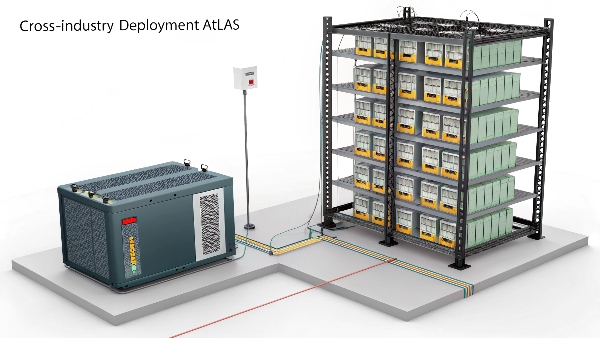
Having manufactured these batteries for over a decade, I've seen firsthand how they outperform traditional options. Their combination of safety, longevity, and performance makes them the go-to choice for professional applications.
What Is the Best Solar Charge Setting for LiFePO4 Batteries?
Proper charging is crucial for battery health. What settings maximize LiFePO4 performance in solar systems?
The optimal solar charge settings for LiFePO4 batteries are 14.2V-14.6V for absorption voltage and 13.6V for float voltage. Always use a charge controller with LiFePO4-specific settings for best results.
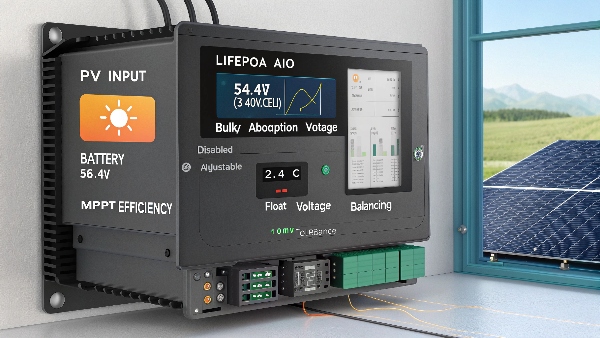
Recommended Charge Parameters:
| Parameter | Ideal Setting | Importance |
|---|---|---|
| Charge Voltage | 14.2V-14.6V | Ensures full charge without stress |
| Float Voltage | 13.6V | Maintains charge safely |
| Charge Current | 0.5C max | Prevents overheating (20A for 40Ah battery) |
| Temperature Range | 0°C-45°C | Safe operating conditions |
Key charging insights from our lab tests:
- No equalization needed - Unlike lead-acid batteries
- Voltage precision matters - ±0.5V makes big difference
- BMS communicates with controller - For optimal performance
How to Prolong Lithium-based Batteries?
Want your LiFePO4 batteries to last decades instead of years? Proper care makes all the difference.
To maximize LiFePO4 battery life: maintain 20-80% charge for storage, avoid extreme temperatures, use compatible chargers, and perform regular capacity checks. These practices can double battery lifespan.
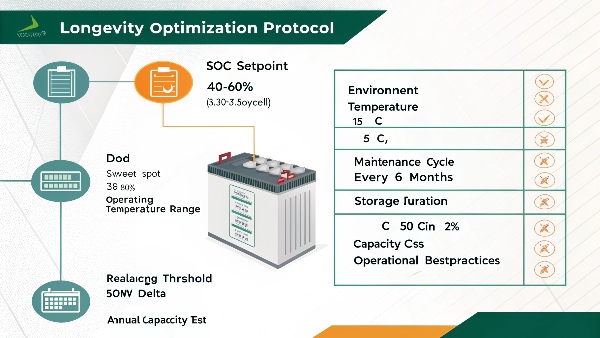
Longevity Boosting Practices:
-
Storage Conditions
- Ideal charge: 50% for long storage
- Store in dry, 15-25°C environment
-
Usage Habits
- Avoid full discharges when possible
- Don't leave at 100% charge for weeks
-
Monitoring
- Check capacity annually
- Balance cells every 2-3 years
- Update BMS firmware regularly
Our data shows batteries receiving proper care routinely exceed 10+ years of service in solar installations.
Is It Bad to Charge a Battery Too Fast?
Speed vs. longevity - what's the right balance for LiFePO4 charging?
Fast charging LiFePO4 batteries within manufacturer limits is safe, but consistently charging at maximum rate (1C) may reduce cycle life by 10-20% compared to moderate 0.5C charging.
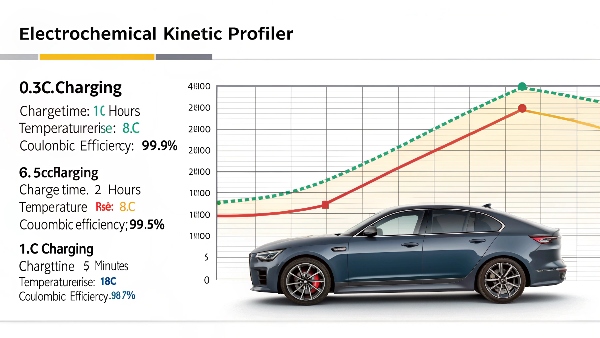
Fast Charging Impact Analysis:
| Charge Rate | Charge Time (40Ah) | Cycle Life Impact | Best Use Case |
|---|---|---|---|
| 0.2C (8A) | 5-6 hours | +5-10% lifespan | Overnight charging |
| 0.5C (20A) | 2-3 hours | Baseline | Daily use |
| 1C (40A) | ~1 hour | -10-20% lifespan | Emergency situations |
Practical recommendations:
- Daily charging at 0.5C - Best balance
- Reserve 1C for emergencies - Only when needed
- Monitor temperature - Keep below 45°C
Will Fast Charging Shorten Battery Life?
Understanding the long-term effects of your charging habits is key to maximizing value.
Regular fast charging (1C+) can decrease LiFePO4 battery lifespan by accelerating cell degradation. Occasional fast charging has minimal impact, but daily use of moderate 0.5C charging is ideal for longevity.
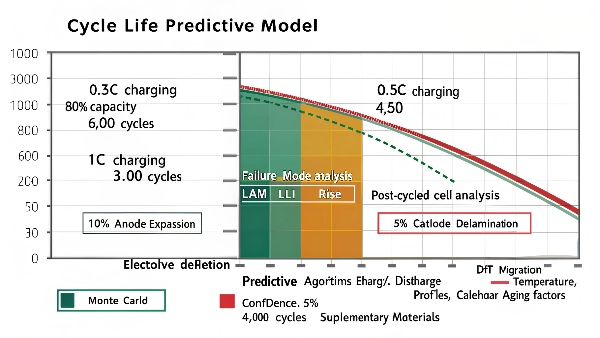
Long-Term Effects by Charging Speed:
-
- Faster lithium ion movement
- Increased electrode wear
- Electrolyte breakdown over time
-
- More heat at higher currents
- Thermal degradation effects
- BMS works harder to balance
-
Practical Guidelines
- <0.5C for daily use
- <1C for occasional needs
- Avoid >45°C during charging
Our accelerated aging tests show batteries charged at 0.3C last 15-20% longer than those regularly charged at 1C.
Conclusion
LiFePO4 batteries offer exceptional performance when properly cared for - understanding charge settings, moderate charging speeds, and simple maintenance practices will ensure you get maximum value from your investment.

